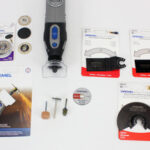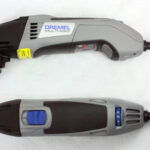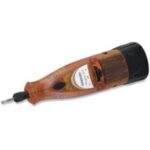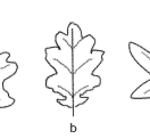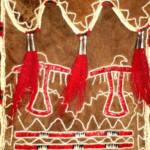Glass etching can be done with chemicals bought from a hobby store. Kits are available. How-to books are sold. Patterns can be bought of mass produced prints for use in glass etching. Anyone who can trace a picture can make their own stencils for glass etching.
However, I like to use my trusty electric, hand-held Dremel tool to help me etch my glass art. The glass etching is always one of a kind, unique, never an exact copy. The glass can be bought almost anywhere, depending on the style and price range sought. The discount stores, thrift stores, and yard sales are wonderful sources for low-cost glass. The bits can be found in a hardware store.
I began glass etching using a rotary Dremel, a tungsten carbide engraving tip, glass from my kitchen cabinet, and information I’d found on the internet. I’d seen the chemical kits for sale, but I wanted to learn another, more personal way of etching. The chemical kits are available for a price range of $15 to $300. My Dremel was bought as a gift for my husband by a family member several years ago and just waited on me to discover the powers to be unleashed by this magical little tool. Now Dremel rotary tools can be found for $34 and up. Other brands of rotary tools are available from $10 and up.
The tungsten carbide tip in my husband’s rotary kit was a great starter tip. I knew there had to be more than just one tip for the job, but I needed the practice anyway. So, after I got brave enough to move up, I discovered the diamond-tip bits. Our local hardware store sold the bits, but they seemed a bit pricey. I had to pay per bit since I couldn’t afford the bundle, so it was costing me around $7 a bit at the time. I bought one bit only until I could discover a better place to shop for my bits.
Now I can buy my bits for less than $10 a bundle at Harbor Freight. They come at least 5 bits to a set, although the best deal I found was around $12 for a 20 piece set. The biggest challenge is finding the bit that works best for each piece of art. There are two bits I like in particular. One has a tiny ball shape and the other has the shape of a bullet, only much smaller.
I don’t prep my glass except to make sure it is clean. I choose my glass according to the type of artwork I wish to place on it. Blue or red colored glass can give beautiful results. Thick glass works best, but thin glass can be used if done carefully. Clear glass is fine, of course, but even frosted glass can come in handy.
My computer comes in very useful for printing my artwork. I use the basic shapes from my Print Artist program’s graphics, then add to them or take away as needed for each individual project. I find the fonts in Microsoft Office to be perfect for the projects I create. I use my Kodak photo software for tweaking the photos in size, to crop, or to change from color to black and white.
A sharpie pen can be used to trace the basic outlines of my shapes through the glass from the prints I tape to the insides (when necessary). Sometimes I only need to print the shapes and then use them as a reference as I draw them on the glass. Once I have the basic shapes, I can then proceed to “cleaning” up and perfecting the artwork. It is sometimes helpful to place a dark cloth, such as a piece of felt, inside the glass while I work on the artwork on the outside of the glass.
After I finish perfecting my graphic, I take the glass over to the sink and run water over it. I wet a piece of scrub pad, apply a small amount of either baking soda or liquid dish detergent, and gently remove the ink left from the sharpie pen. I dry the glass with a soft, lint-free cloth.
My final step in the artistic process of glass etching is to take a photo of the finished piece. Sometimes this step can be the hardest step of all. Glass is highly reflective. The proper lighting, background, and camera settings all have to be found for each individual glass. Frosted glass is easier to photograph because of the lack of reflection. Daylight is better for the glass photos than inside lighting; however, even daylight can provide a challenge. In taking the glass outside to use the natural light, I still found reflections to be a problem. Angle is very important. Trials and errors, are, of course, the best teachers.
I hope this information has proved most useful. Good luck in your adventures in glass etching!
